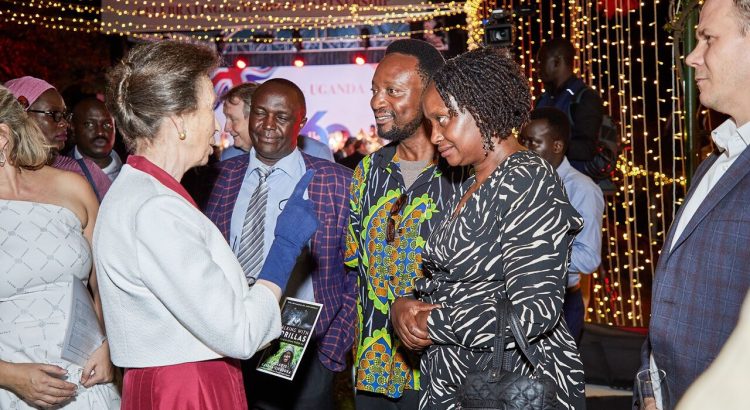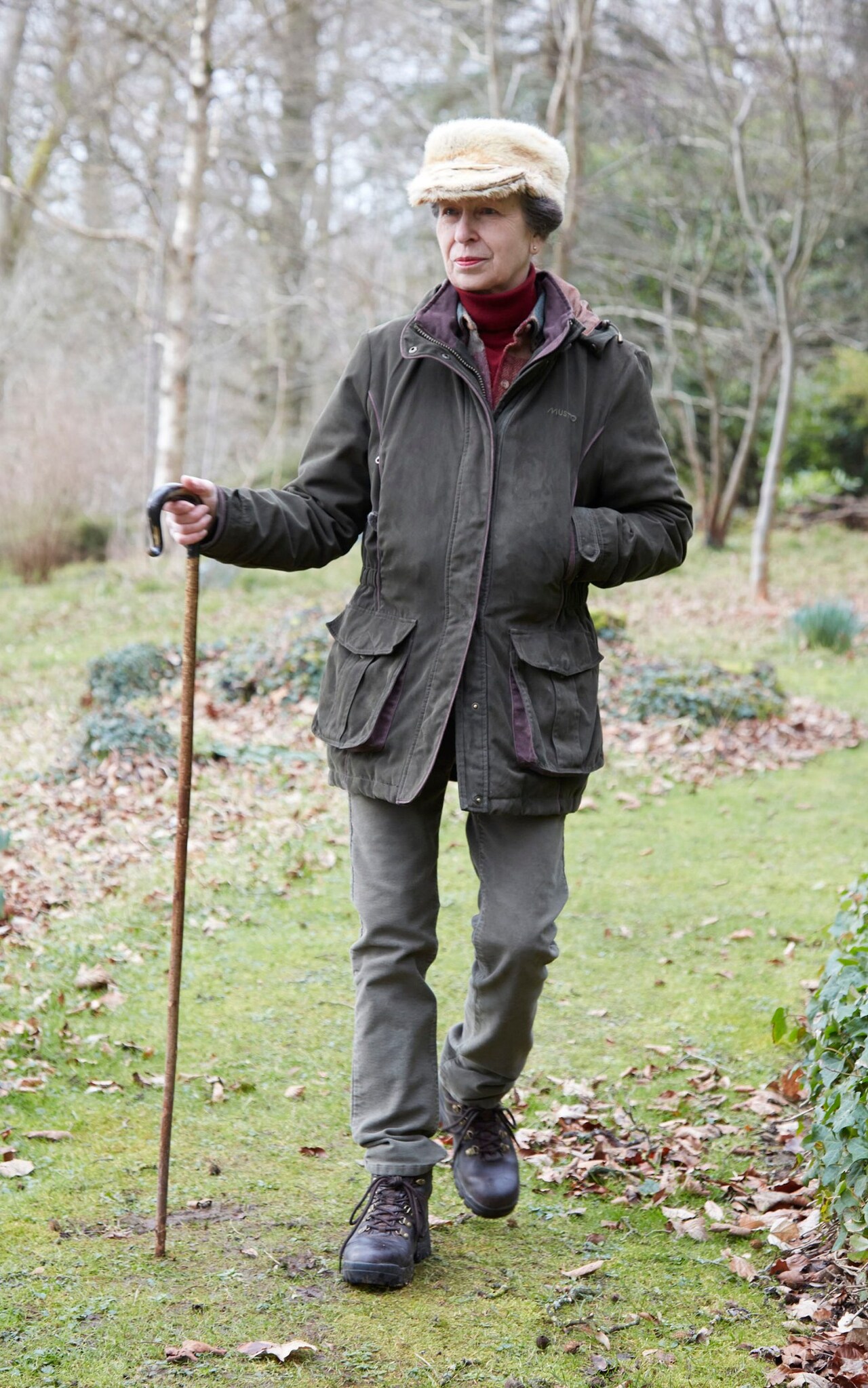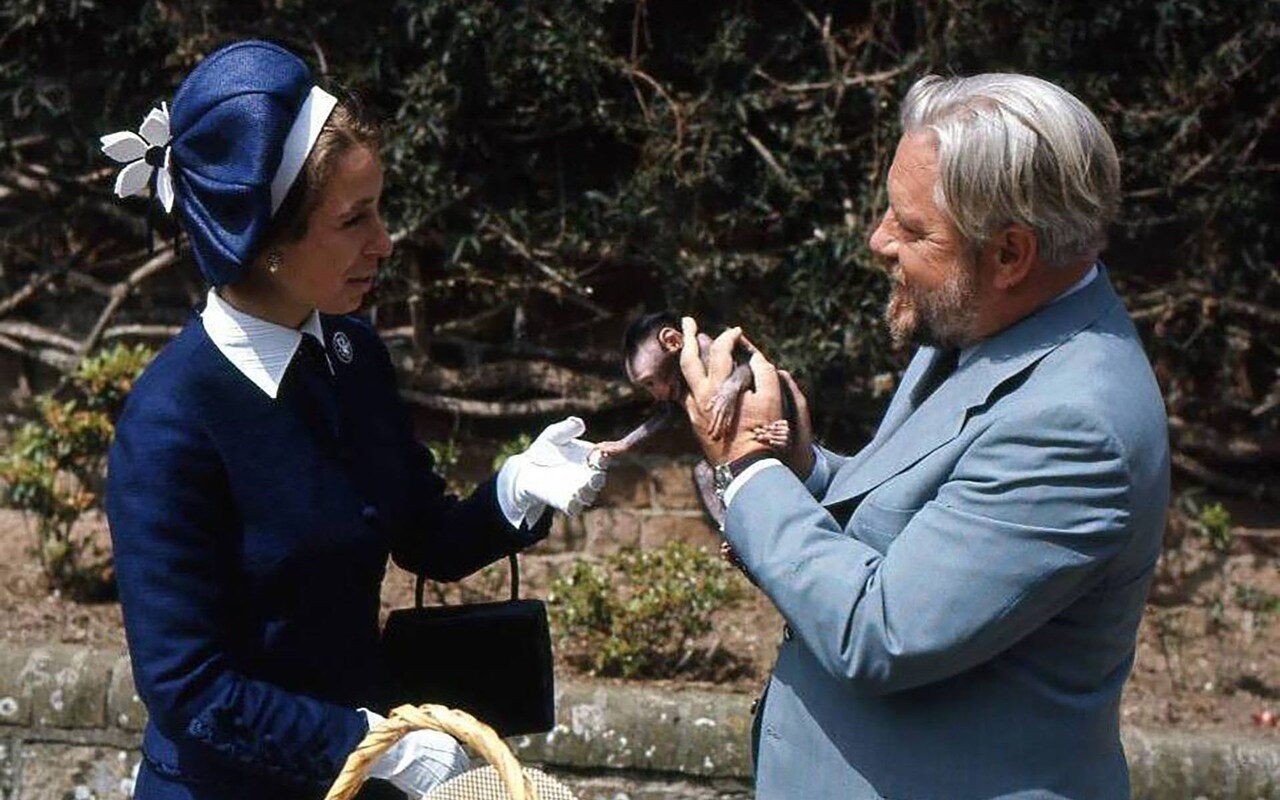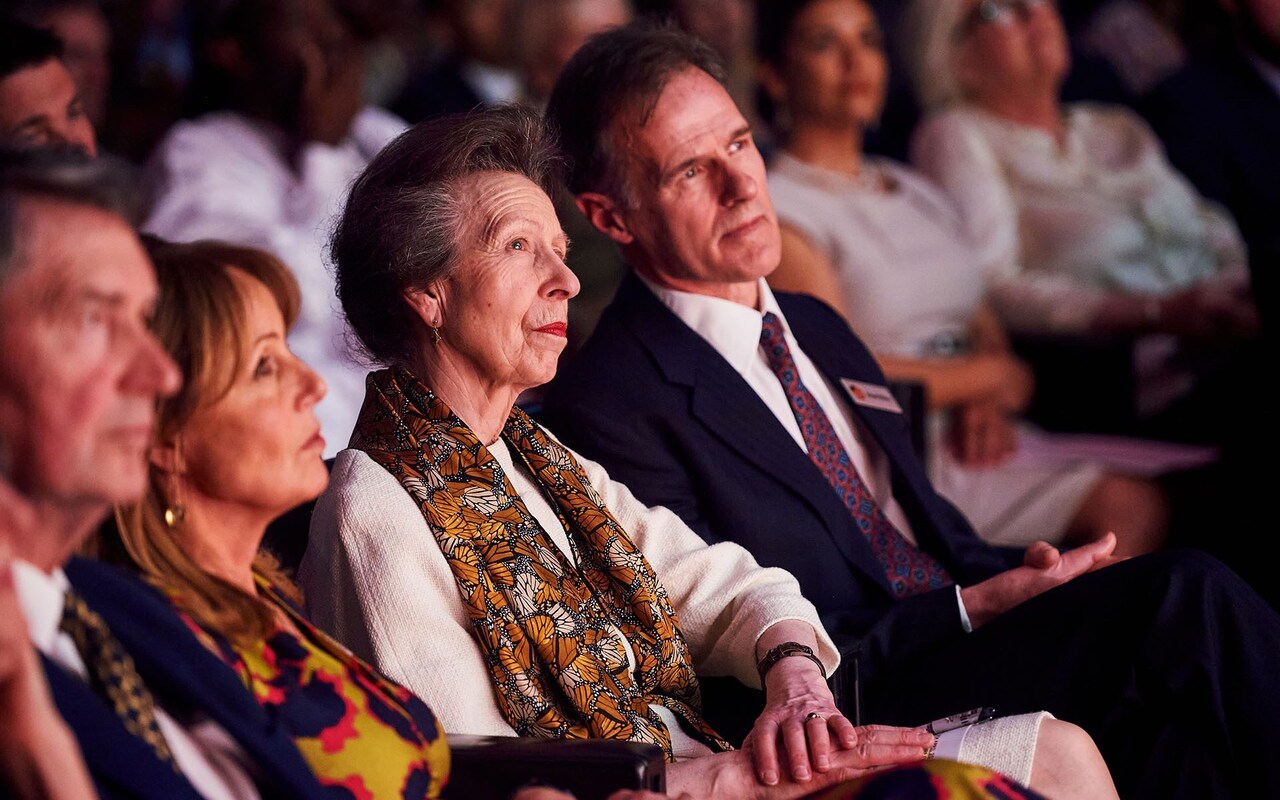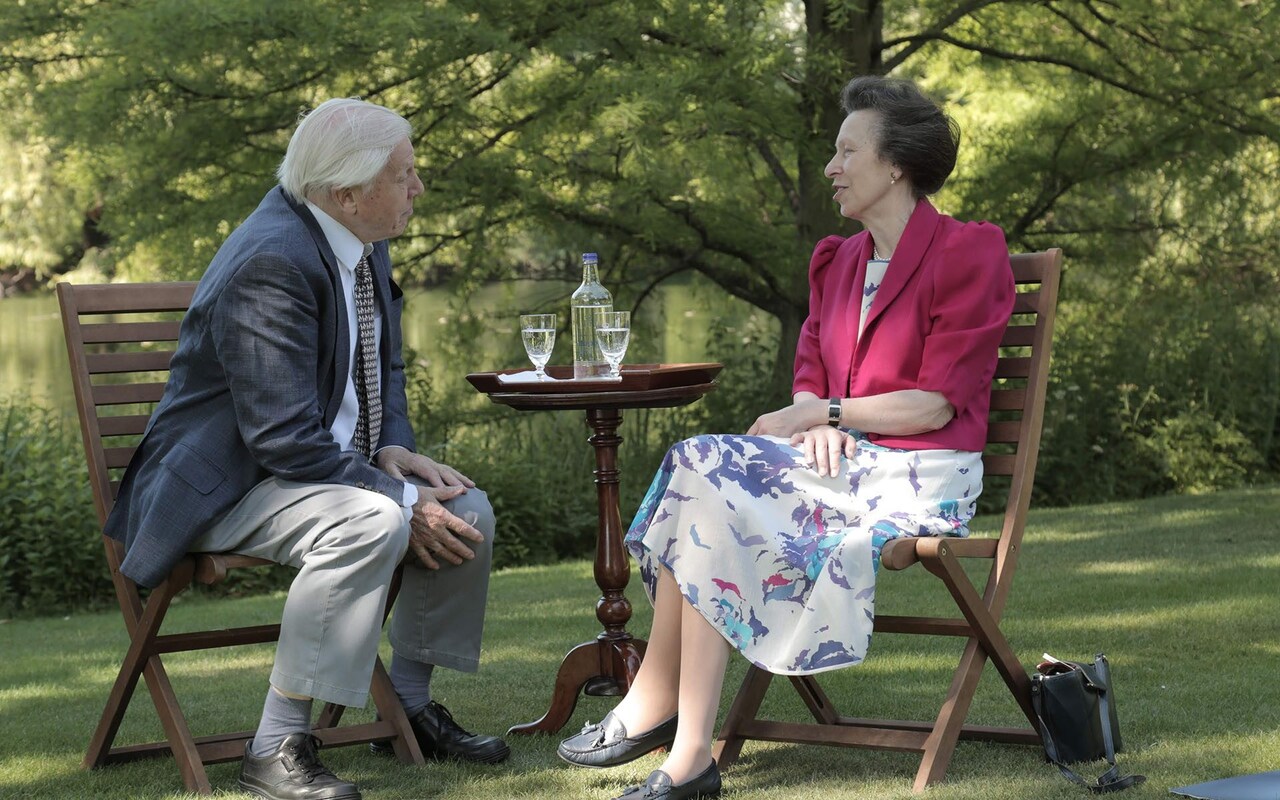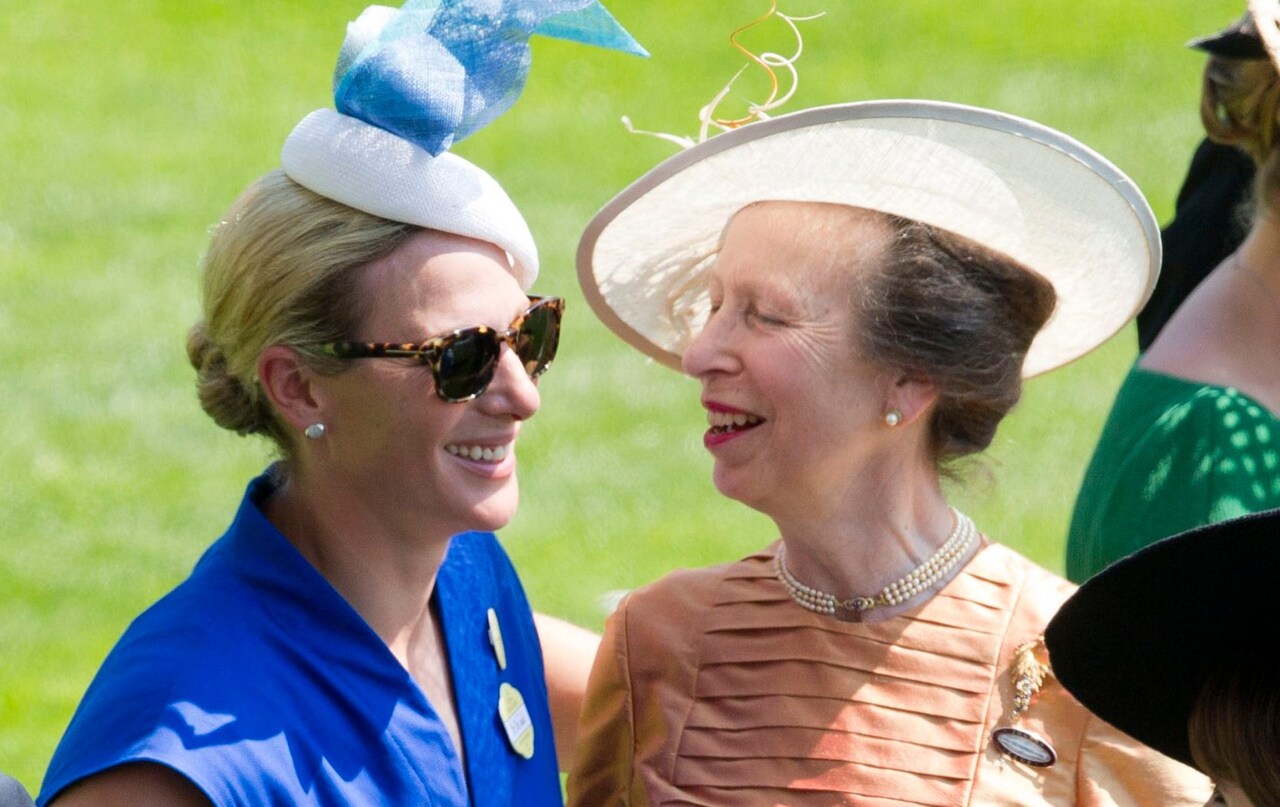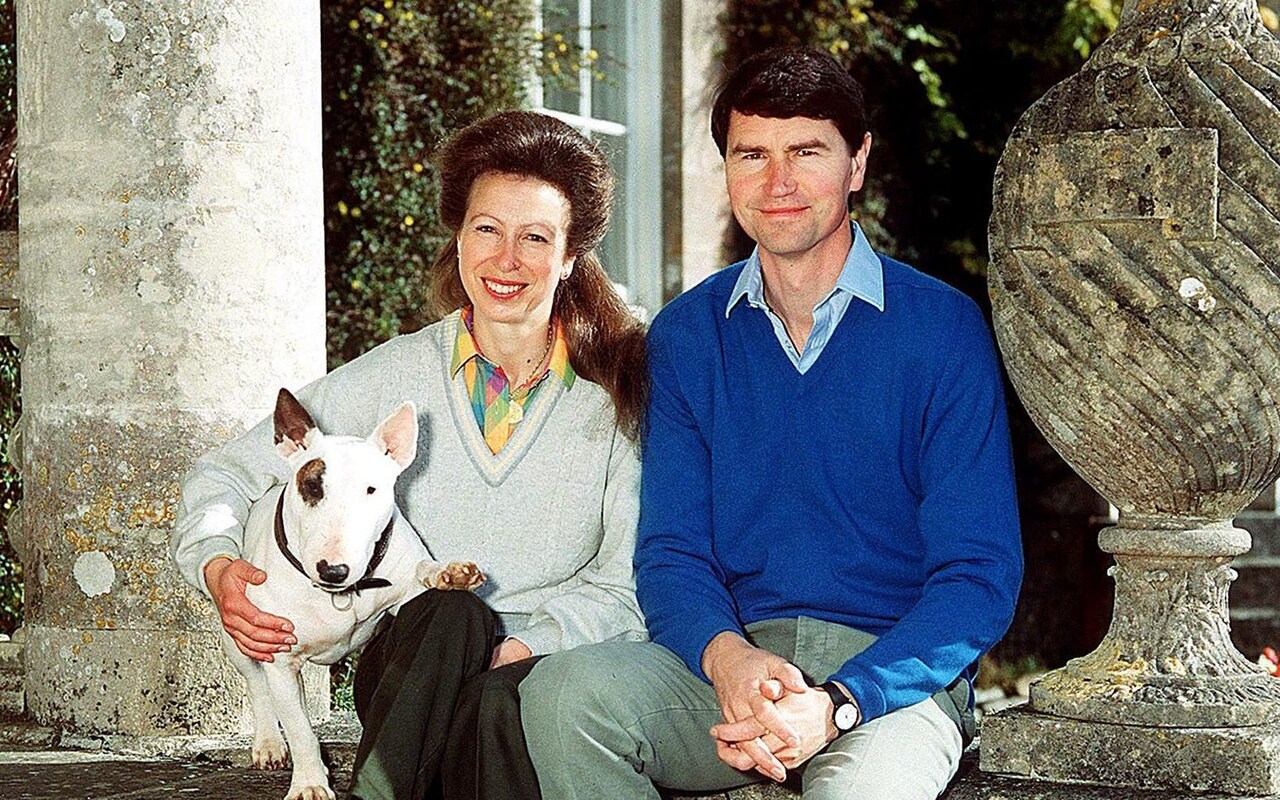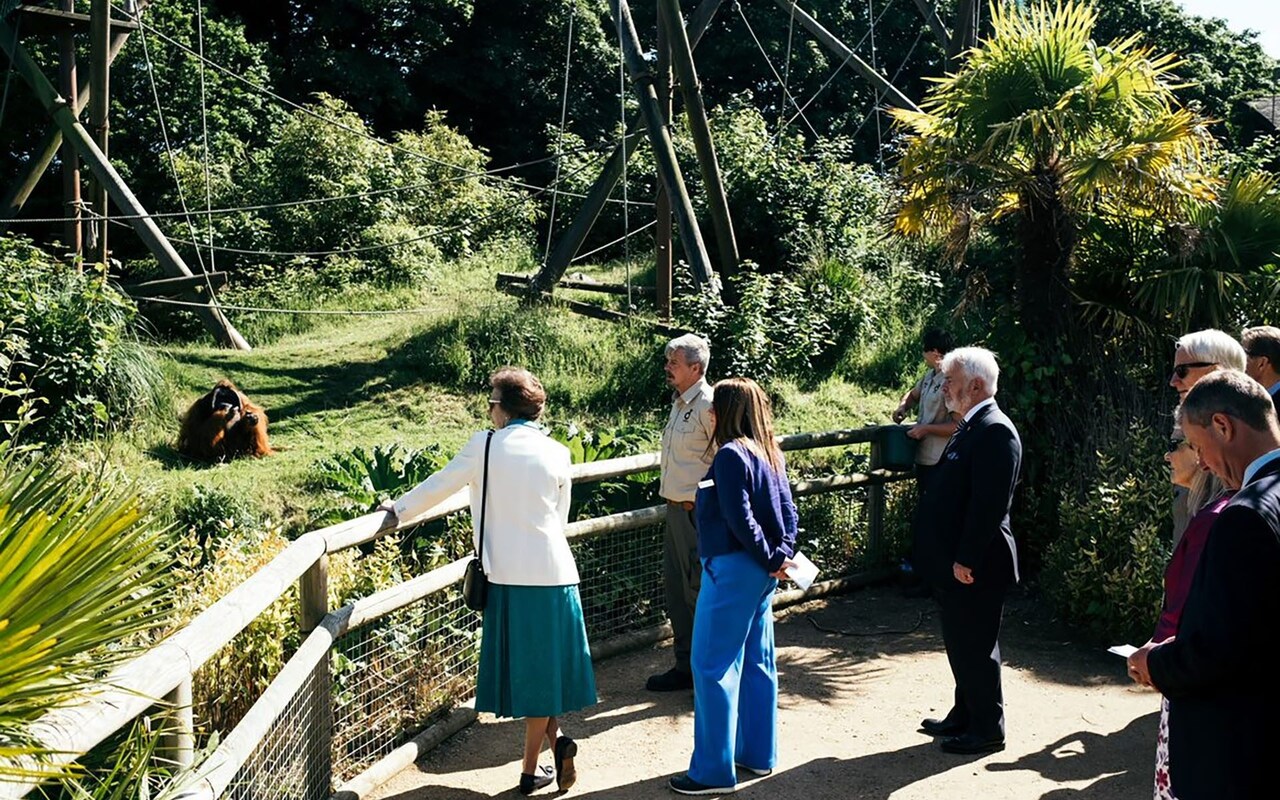Edward Whitley, a member of the wealthy Greenall Whitley brewing family, set up Whitley Asset Management in 2002, alongside its finance director Louise Rettie, to serve a small number of clients. But there had always been animals in his life – his great-grandfather founded a small charity called the Whitley Animal Protection Trust; his great-great-uncle Herbert was an eccentric animal breeder who started Paignton Zoo.
In Edward’s office is a stuffed cockatoo that belonged to Herbert and a photograph of Mary, his favourite chimpanzee. Mary was famous for riding around on her tricycle and walking the dogs, or taking visitors by the hand and leading them round the zoo.
Edward studied English at Oxford then went into banking, joining NM Rothschild & Sons in 1983. He left in 1990 to write: Gerald Durrell’s Army came out in 1992 and he also co-wrote Rogue Trader, the autobiography of disgraced banker Nick Leeson, and worked with Richard Branson on his memoir.
Whitley is a tall, gentle man who doesn’t like talking about himself but is full of unbridled enthusiasm for WFN, and in particular its royal patron. ‘She transformed the charity – we never would have had the success we’ve had without her involvement. She saw what was possible and really helped us to achieve it, and she inspires the winners to do more. The winners are always pretty amazed at how she cross-examines them and cuts to the chase so quickly when she meets them.
‘She has an encyclopaedic knowledge of the world, and a phenomenal memory, and she is also very funny… And think of her father and the Duke of Edinburgh’s Award – she’s seen what a lifetime of work can achieve.’
In her speech at the Whitley Awards earlier this year, the Princess Royal cited her father, Gerald Durrell and Edward Whitley as the inspirations for her work with WFN. Among winners and their communities, she said, ‘it’s the global ambition to truly make a difference that has been astonishing’.
The awards, she continued, are for ‘the people on the ground, they’re the sharp end… It’s all very well to be here and understand what we think are the challenges, and want to make a difference, but when you meet the people who are actually out front and can turn that into a reality, it’s a real inspiration.’
Over the years, she has visited some of the winners’ projects, when her charity work takes her to those countries, ‘but not as many as I would like’, she says. In Uganda, for example, she met Dr Gladys Kalema-Zikusoka, who was working on improving hygiene in local communities after viruses had spread to gorillas she was managing in Bwindi national park. And in 1997, before she became a WFN patron, she travelled in a boat up the Amazon to see pink dolphins.
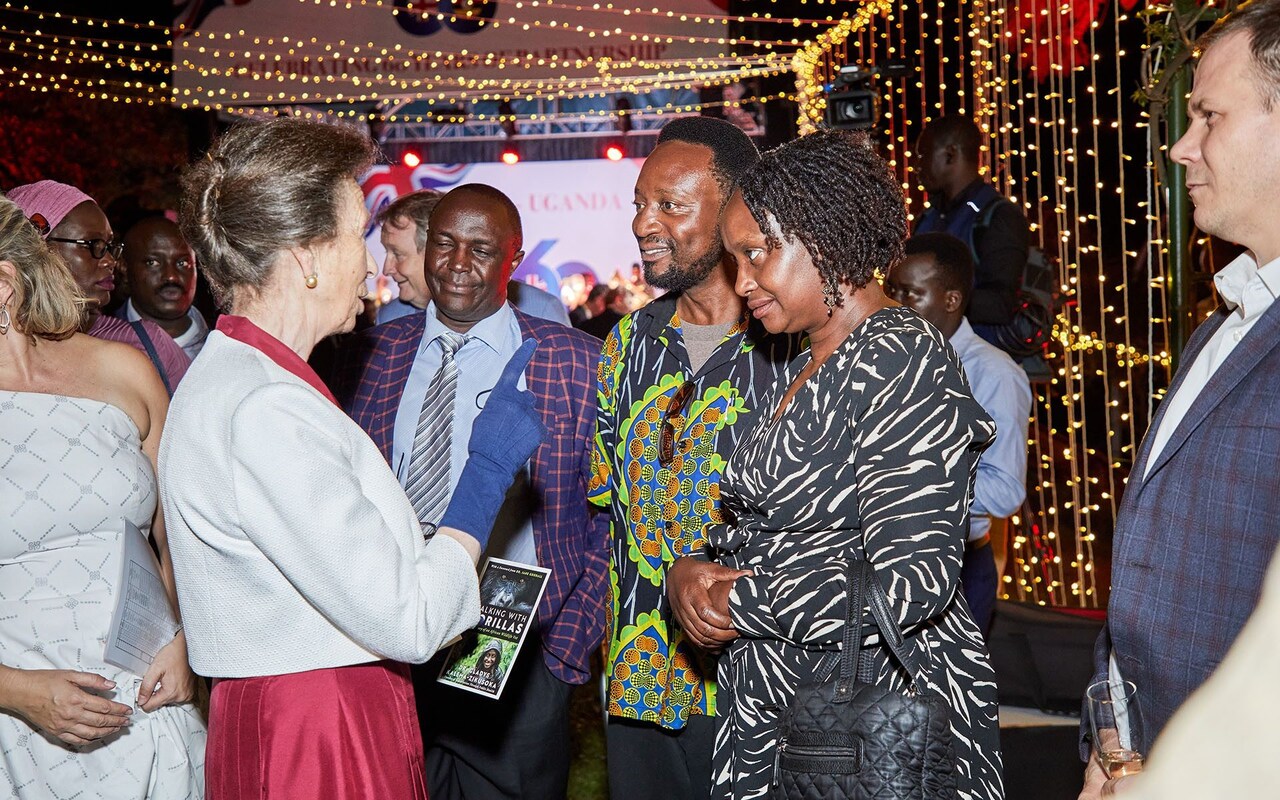
‘She was in Colombia for Save the Children and she asked the British embassy to include a visit to the Amazon in her trip – she was very interested in the dolphins,’ says Dr Fernando Trujillo, who went on to win an award in 2007.
‘The British embassy contacted me as an expert on rivers and dolphins. I was a little bit intimidated, and it was raining and I was worried we wouldn’t see any dolphins, but in the end we counted 32 – and she was so excited, every time she saw one she would jump up and down with excitement, and then rein herself in as if she suddenly remembered she was a princess. I could see her love for the environment was very genuine. From that day she was my favourite royal person.’
Another winner, Pablo Bordino, whose picture with HRH had been in the paper in Buenos Aires was flying back to Argentina. One of the flight attendants recognised him and when he arrived at the airport there was a television crew waiting to meet him. It raised the profile of his NGO – which protected marine life and habitats in Argentina – enormously and enabled him to generate further funding. ‘That’s the effect HRH has,’ says Whitley. ‘You can’t quantify it.’
Several award-winners went to the Princess’s 60th-birthday celebrations, including Claudio Padua, a successful businessman from Rio who gave it all up to pursue conservation, training at Durrell in Jersey and moving to a forest in Brazil with his wife, Suzana, and three children.
HRH had been to see them at their headquarters outside São Paulo and had taken an interest in their efforts to conserve the black lion tamarin, a monkey. They had no idea her visit would be such an ordeal, with all the security arrangements. ‘We had a call to ask what kind of security we had,’ says Claudio. ‘I said, “I have an old dog, that’s all.”’
‘She turned up with a security detail and entourage,’ Suzana adds. ‘They wanted to go into the forest to see the monkeys in our Land Rover and her security team asked, “Has this car been checked?” I said it hadn’t and they became very nervous but she ignored them and just got in anyway.’
Years later, the Paduas were invited to Buckingham Palace for her 60th. ‘It was a beautiful opportunity for us,’ says Suzana, ‘and as she came down the stairs she spotted us and said, “Oh how nice to see you. How are the monkeys?”’
The Whitley Fund for Nature is hosting a #PeopleforPlanet biodiversity summit on 6 and 7 November at London’s Royal Institution, where members of the public can hear live from Whitley Gold Award-winning conservationists from Africa, Central and South America, and Asia


